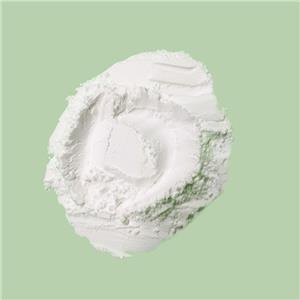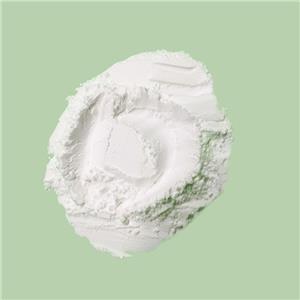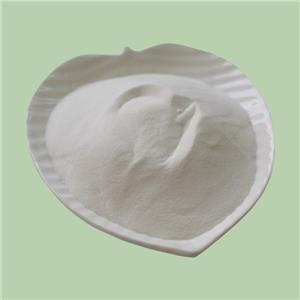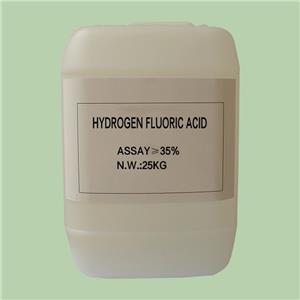Why Fluorotitanic Acid is an Effective Flux in Ceramic Glazes
Fluorotitanic acid (H2TiF6) is a potent chemical compound used across various industries. Among its notable applications is its role as a flux agent in ceramic glazes. This article delves into the reasons why fluorotitanic acid is effective as a flux in ceramic glazes, exploring the underlying chemistry and practical applications.
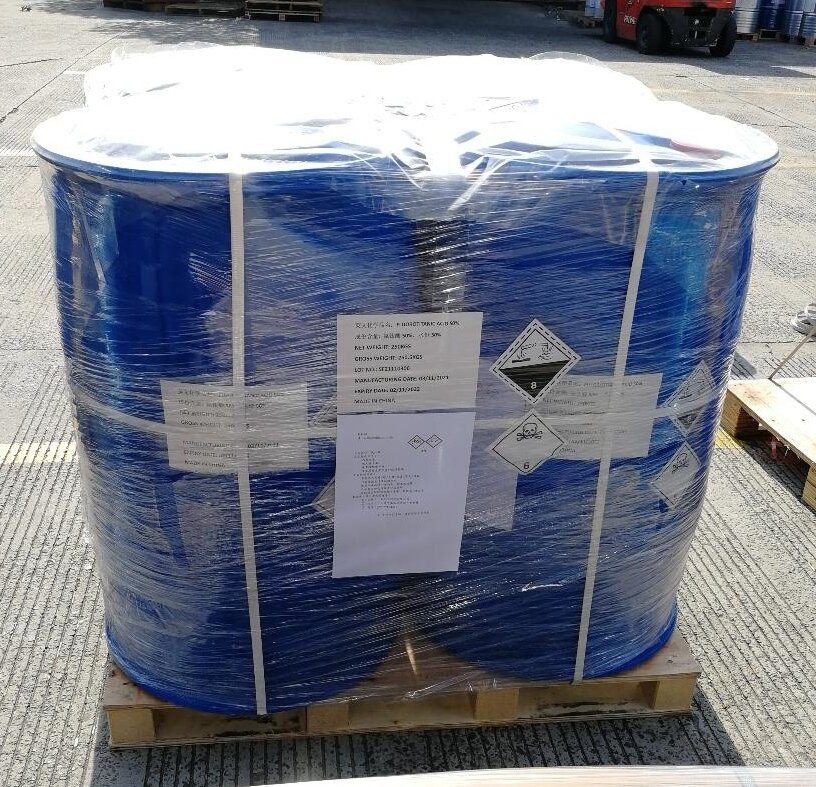
Fluorotitanic Acid: A Chemical Overview
Fluorotitanic acid, also known as hexafluorotitanic acid, is formed when titanium dioxide (TiO2) reacts with hydrofluoric acid (HF). The result is a highly soluble, colorless solution. Its unique chemical properties, including the ability to release fluoride (F-) and titanium (Ti4+) ions, make it particularly valuable in various industrial applications.
The Role of Flux Agents in Ceramic Glazes
Ceramic glazes are vitreous coatings applied to ceramics to improve their appearance, durability, and resistance to various forms of wear. A typical glaze composition includes silica (SiO2), alumina (Al2O3), and various metal oxides. During the firing process, these components need to melt and flow to form a smooth, glassy layer. Flux agents are crucial because they lower the melting temperature of the glaze mixture, facilitating this process.
Why Fluorotitanic Acid Works as a Flux
1、Reduction of Melting Temperature:
● Chemical Interactions: Fluorotitanic acid introduces fluoride ions into the glaze mixture. These ions disrupt the silica network by breaking some of the Si-O-Si bonds, creating a more fluid melt. This process significantly lowers the melting point of the glaze.
● Thermodynamic Properties: The addition of fluorotitanic acid alters the thermodynamic properties of the glaze. The presence of fluoride ions reduces the energy required to convert the solid components of the glaze into a liquid, thus lowering the overall firing temperature.
2、Improvement of Fluidity:
● Role of Titanium Ions: Titanium ions (Ti4+) from fluorotitanic acid act as network modifiers. They enter the glaze melt and modify the structure, enhancing its fluidity. This increased fluidity ensures that the glaze can flow evenly across the ceramic surface, covering all intricacies and details.
● Viscosity Reduction: The combined effect of fluoride and titanium ions reduces the viscosity of the molten glaze. A lower viscosity melt is essential for achieving a uniform and defect-free coating.
3、Surface Tension Modification:
● Homogeneous Coating: Fluorotitanic acid affects the surface tension of the glaze melt. Lower surface tension allows the glaze to spread more evenly over the ceramic body, resulting in a smooth and glossy finish.
● Defect Prevention: By promoting an even spread, fluorotitanic acid helps prevent common glazing defects such as pinholes, craters, and uneven thickness. This leads to a higher quality final product.
4、Enhancement of Color Development:
● Chemical Reactions: The titanium ions in fluorotitanic acid can interact with other metal oxides in the glaze, influencing the color outcomes. These interactions can produce vibrant and diverse color palettes, adding aesthetic value to the ceramic products.
● Opacity Control: Fluorotitanic acid can also contribute to the opacity or transparency of the glaze, depending on the desired effect. This flexibility allows for a wide range of design possibilities in ceramic products.
Practical Applications in Everyday Life
1、Tableware and Dinnerware:
● High Gloss Finish: Fluorotitanic acid-glazed ceramics are commonly used in tableware and dinnerware. The high gloss and smooth surface not only enhance the aesthetic appeal but also make the items easier to clean and more resistant to stains.
● Durability: The improved mechanical strength of these glazes ensures that plates, bowls, and cups can withstand daily use and frequent washing without degrading.

2、Sanitary Ware:
● Bathroom Fixtures: Glazed ceramics are prevalent in bathrooms, including sinks, toilets, and tiles. The use of fluorotitanic acid in these glazes provides excellent resistance to water and cleaning chemicals, ensuring longevity and ease of maintenance.
● Hygienic Surfaces: The smooth, non-porous surface of these glazes prevents the buildup of bacteria and mold, contributing to a more hygienic environment.
3、Architectural Applications:
● Interior and Exterior Tiles: Fluorotitanic acid-glazed tiles are extensively used in architecture for both interior and exterior surfaces. These tiles offer enhanced durability and aesthetic flexibility, making them suitable for high-traffic areas and decorative facades.
● Weather Resistance: The enhanced weather resistance provided by these glazes ensures that exterior tiles can withstand various environmental conditions without losing their visual appeal.
4、Art and Decorative Ceramics:
● Sculptures and Art Pieces: Artists and artisans frequently use fluorotitanic acid-glazed ceramics to create intricate sculptures and decorative items. The glaze’s ability to produce vibrant colors and a high gloss finish makes it ideal for artistic expressions.
● Custom Designs: The flexibility in color and finish allows artists to experiment with different styles and techniques, resulting in unique and personalized pieces.

5、Industrial Uses:
● Laboratory Equipment: Certain types of laboratory equipment, such as chemical-resistant countertops and lab tiles, benefit from the durability and chemical resistance of fluorotitanic acid-glazed ceramics.
● Industrial Flooring: In industries where floors are exposed to harsh chemicals and heavy machinery, glazed ceramics offer a robust and long-lasting solution. The use of fluorotitanic acid in the glaze ensures that the flooring can endure these challenging conditions.
6、Cookware and Kitchenware:
● Baking Dishes and Pots: Fluorotitanic acid-glazed ceramics are also used in cookware, such as baking dishes and ceramic pots. The glaze provides a non-stick surface and can withstand high cooking temperatures, making these items practical for everyday cooking.
● Thermal Shock Resistance: The improved thermal shock resistance of these glazes means that the cookware can handle sudden temperature changes without cracking, enhancing their durability and functionality.
Fluorotitanic acid’s unique chemical properties make it an exceptional flux agent in ceramic glazes. Its ability to lower the melting temperature, improve fluidity, modify surface tension, and enhance color development contributes to the production of high-quality glazed ceramics. These ceramics find applications in a wide range of products, from everyday household items to specialized industrial equipment. By understanding the science behind fluorotitanic acid’s role in ceramic glazes, we can better appreciate the advancements in ceramic technology that enhance both functionality and aesthetics in our daily lives.

